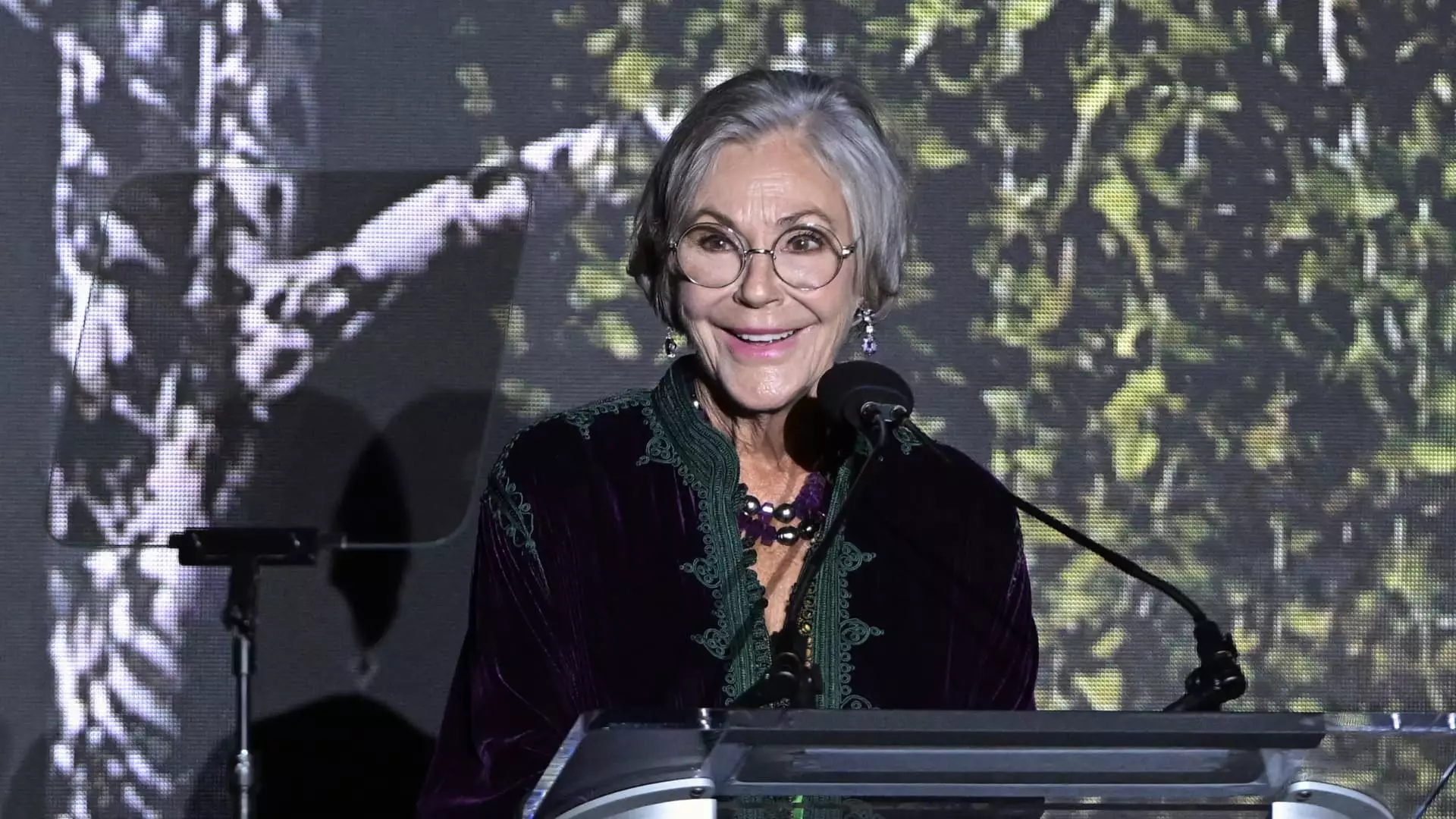As global wealth dynamics shift, women are increasingly stepping into roles not previously dominated by their gender, particularly among high-net-worth individuals. A recent analysis of billionaires highlights this transformation, revealing that approximately 13% of the world’s billionaires, or 431 individuals, are women. While this figure may seem modest, it signifies a gradual but undeniable ascent over the past decade. Factors such as the rise of female entrepreneurship, evolving cultural paradigms, and significant intergenerational wealth transfers contribute to this burgeoning class of wealthy women, marking a pivotal shift in the traditionally male-oriented billionaire club.
A crucial element in understanding the wealth of these women is the inherent role of inheritance. Of the female billionaires studied, a staggering three-quarters have inherited at least part of their wealth. This stands in sharp contrast to their male counterparts, where only 5% can claim similar fortunes acquired through family legacies. The statistics become even more striking when examining the richest women: Alice Walton, Julia Flesher Koch, and Françoise Bettencourt Meyers each inherited significant portions of their wealth, illustrating how family fortunes contribute to their billionaire status. In the forthcoming “Great Wealth Transfer,” women are poised to inherit an estimated $30 trillion, suggesting that the trend of inherited wealth for women could grow even stronger.
A significant distinction arises in how men and women billionaires allocate and donate their wealth. Female billionaires display a pronounced tendency towards philanthropy and community involvement. Nearly 20% dedicate most of their professional time to nonprofit work, a stark contrast to just 5% of male billionaires. This disparity can be traced back to their pathways to wealth; women’s inheritances often link to early engagement in charitable endeavors, emphasizing welfare and social justice rather than aggressive commercial strategies. Women seem to inherently seek societal impact through their financial resources, which diversifies the types of philanthropic initiatives supported.
Women billionaires exhibit discernibly different financial portfolios compared to their male peers, influenced by their distinct paths to wealth. While men predominantly invest in publicly traded stocks—holding 40% of their wealth in this area—women have a more conservative allocation, with only 22% of their net worth tied to equities. Conversely, women benefit from private holdings, which constitute 35% of their wealth compared to 28% for men. Furthermore, the liquidity of assets among female billionaires is striking; 39% of their wealth is held in cash and other liquid forms, illustrating a tendency for financial stability over aggressive investment, which aligns with their philanthropic focus.
When examining consumption patterns, evident trends emerge. Female billionaires are more likely to invest in luxury real estate and art than their male counterparts. They are 1.5 times more likely to possess properties valued over $10 million. Men, meanwhile, revel in luxurious toys, with a significant preference for high-value vehicles, yachts, and private jets, showcasing a stark contrast in lifestyle choices. The disparity also extends to personal interests: while women cite philanthropy as their predominant pastime, men often gravitate towards sports. Women’s interests frequently include education, travel, and the arts, indicating a more holistic approach to wealth.
As the world moves further into the 21st century, the revolution of female wealth continues to fuel discussions surrounding investment strategies, philanthropy, and economic empowerment. With predictions indicating that women’s wealth will continue to rise, financial markets and philanthropic organizations must adapt to these changes. The increased influence of women in high-net-worth sectors may lead to a significant reshaping of global philanthropy, entrepreneurship, and investment trends, reflecting changing societal interests and priorities.
As more women ascend to billionaire status, they not only alter the demographics of the wealthy but also introduce diverse perspectives on wealth management and distribution. The implications of their growing influence will echo through philanthropic efforts and investment landscapes for decades to come. This burgeoning wave of female billionaires signals a transformative era characterized by a blend of traditional wealth with a strong emphasis on community impact and social responsibility.

